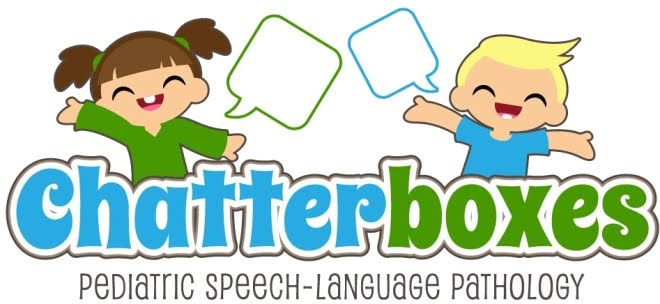Understanding speech and language testing scores can bring
you back to the basics of statistics and the bell curve. Typically, speech-language testing scores are
based on normative sampling in which test makers administer the test to a large
group of children. Your child’s scores
are compared to the sample to see how their skills compare to peers. With most speech-language tests, you can
expect to derive the following scores:
Raw
Score: The raw score
is typically either the total number correct or the total number of
errors.
Standard
Score: The standard
score is determined by the raw score and is a conversion that allows for
comparison to the normative sample. The
median standard score is 100. The
standard score and percentile rank essentially provide the same information,
but most people find the percentile rank to provide a clearer benchmark for
their child.
Percentile
Rank: The percentile
rank is also determined by the raw score.
It tells you the percentage of peers your child scored above. For example, a percentile rank of 40% means
that your child performed higher than 40% of peers. The median percentile rank is 50%. The following guideline can be used for
understanding the significance of percentile ranks:
|
1-16%
|
Below
Average
|
Your
child may have a severe delay.
|
|
17-49%
|
Low
Average
|
Your
child may have a mild or moderate delay.
|
|
50-99%
|
High/Above
Average
|
Your
child does not have a delay.
|
Test
Age-Equivalent: A
test age equivalent is also derived from the raw score. It indicates the age to which your child’s
skills can best be most compared. This
score should be interpreted with some caution since sometimes a delay in skills
also involves a difference in skills.
For instance, a child who is 4 years old and receives an age-equivalency
of 3 years old may present differently than a typical 3-year-old child. Age equivalencies are best used as severity
measures for this reason.
